The best time to plant fruit trees in the Moscow region: plant in spring or autumn?
Most fruit trees take root in the Moscow region and Moscow region. Gardeners are working on the harvests of pears, apples, peaches, plums, cherries, and cherries. The process of planting these crops in open ground is simple; the main thing is to follow the recommendations of experienced gardeners. We will tell you further how to properly and when is the best time to plant fruit trees in the Moscow region.
Features of planting fruit trees in the Moscow region
The Moscow region is a favorable area for growing fruit trees. The yield level and lifespan of the plant depend on many factors, including weather conditions, terrain, and soil composition.
In order for a tree to bear fruit consistently, it is important to follow the rules of proximity to other crops, patterns and distances between plants. During planting, summer residents follow the recommendations for preparing the planting hole and seedlings. In the Moscow region, trees are planted both in spring and autumn - it depends on the culture.
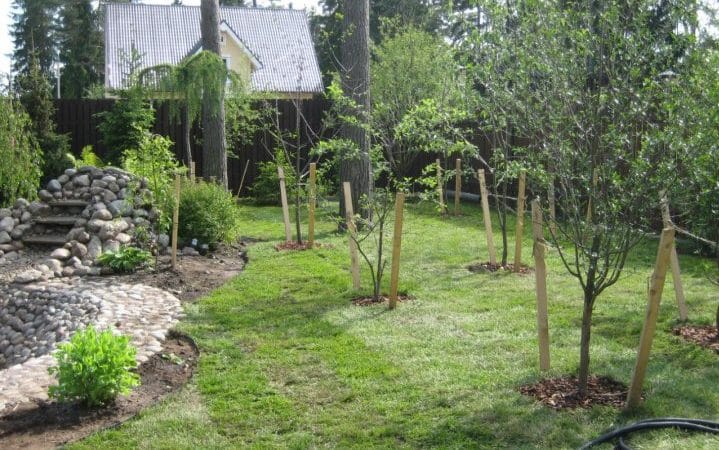
When is it better to plant - in spring or autumn?
When is it better to plant fruit trees in the Moscow region - in spring or autumn? There is no consensus on this matter. Everything depends on climatic factors. Pay attention to the amount of precipitation, air and soil temperatures, and temperature changes. It is important to remember that the earth must be warmed up; There is no point in planting fruit trees in frozen soil. The seedlings will not take root or will often get sick.
Advantages and disadvantages of spring planting
In spring, plants are planted immediately after the snow melts. Delay in this matter is unacceptable: if you miss the due date, the amount of growth decreases and fruiting is delayed. This is the main disadvantage of spring planting.
In the spring, heat-loving trees are planted - peach, apricot, cherry. They need time to adapt to climatic conditions. If you plant them in the fall, there is a high risk of winter frost. It is also convenient that the planting hole is prepared for spring before winter; After the snow melts, all that remains is to prepare the seedlings and send them into the ground.
Also in the spring, summer residents have the opportunity to quickly respond to changes occurring with seedlings. For example, monitor their development and carry out preventive measures to protect against diseases and pests. And the spring supply of water in the soil has a positive effect on growth.
Pros and cons of autumn planting
In autumn, plum, apple, pear and quince trees are planted. Plants have time to take root before the onset of frost, and under the snow cover they gain strength for further development. One of the advantages is that in the fall there is a wider choice of different varieties of fruit trees. Vienna does not have such diversity.
However, autumn planting is not suitable for heat-loving plants. At this time, summer residents use seedlings with closed roots or container planting material. The roots must be in perfect condition, otherwise poor survival rate is guaranteed.
How to choose the right time for planting
To plant any fruit trees, above-zero temperatures are required. For the Moscow region this is from +5°C and above. It is important to make sure that frosts have passed (if we are talking about planting in the spring) or have not yet occurred (if we are talking about autumn planting).
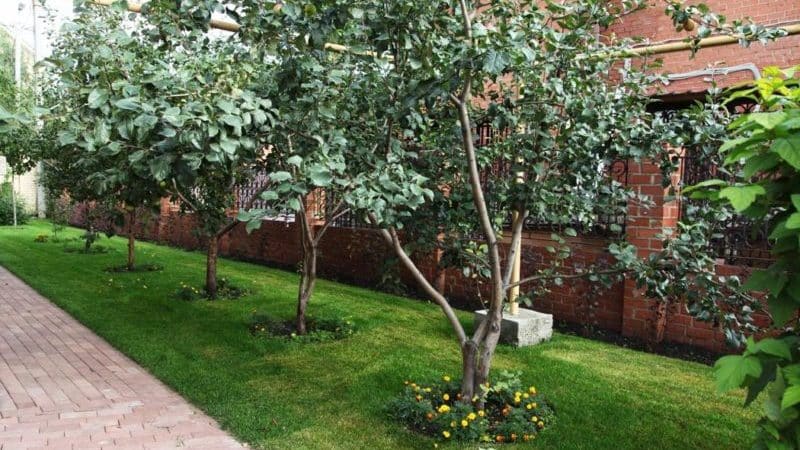
Choosing a period depending on the fruit tree
When choosing a planting date, gardeners take into account the type of tree. apple tree and pears are planted in mid or late April, peaches and apricots - from September 5 to 15.
Cherries and cherry planted in the first ten days of October, plums - at the end of September or mid-April.
Attention! The determining factor when choosing is air temperature and precipitation. Even if according to the calendar the time is right, but frost has already set in or, conversely, the snow has not melted yet, it is better to postpone the procedure and wait for favorable days.
Calculation according to the lunar calendar
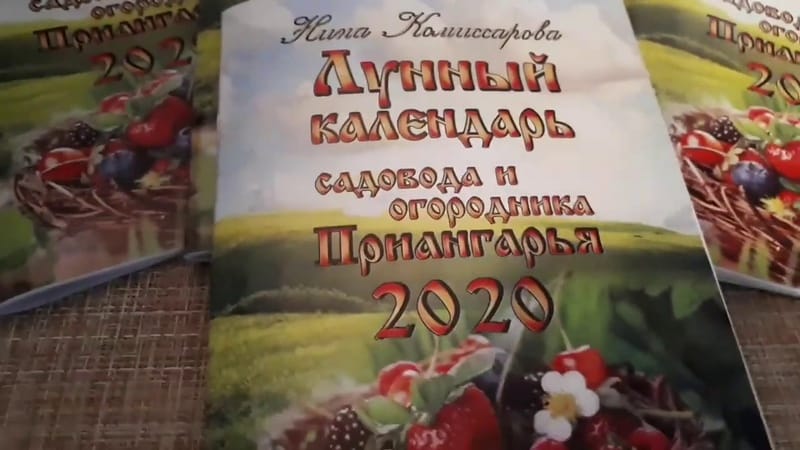
The development of plants is influenced not only by the phase of the Moon, but also by its location in the sky. It is generally accepted that the Moon, being in a certain zodiac sign, affects different parts of the plant: leaves, roots, stems, trunk, shoots, fruits. Therefore, some summer residents carry out all agrotechnical activities in accordance with the state of the Moon on a given day. Information about this is contained in the lunar calendar.
The following dates are chosen for planting fruit trees and shrubs in 2020:
- apple tree: 8-9, 21-23, 31 May; September 8-9, 13-14, 18-19,22-24; October 15-16, 20-21;
- quince and pear: 8-9, 17-18, 21-23, 31 May; September 3-4, 8-9, 22-24; October 15-16, 20-21;
- apricot, plum, cherry plum: August 21-27; September 8-9, 18-19; October 15-16, 20-21;
- peach, cherry: 8-9, 20-23, 31 May; August 9-13, 21-27; September 22-24; November 16-17.
Conditions for planting seedlings
An important condition is a suitable place for growing. Before planting several fruit trees at once, summer residents draw up a plan in which they indicate the height of the trees and the degree of shading of other crops, the type of tree crown, and the period of fruit ripening. It is important that the plants do not shade each other. If the trees are tall, the distance between them should be at least 5 m, if dwarf - at least 3 m.
The area for the tree should be spacious and well lit. A plant with a thick and voluminous crown is planted away from the fence and garden buildings. If the tree is small, several specimens will make an attractive hedge or landscape design element.
There should be no groundwater or swampy areas near the growing site. The root system of most trees does not tolerate waterlogging, so it is better to resolve this issue in advance. A suitable location is hilly and windless, located on the south side of the garden plot.
Tree replanting
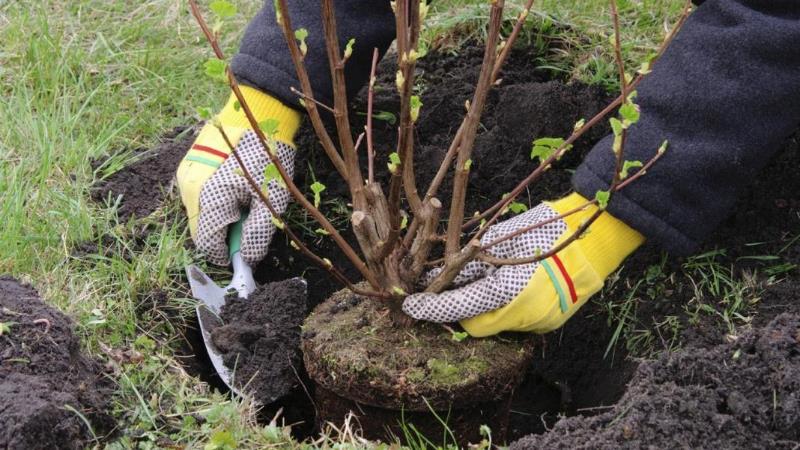
Fruit trees are replanted at any time of dormancy - after dropping their leaves in the fall or before the buds open in the spring. It is recommended to replant plants that are at least 20 years old. A common method of transplantation is with an earthen ball. With its help, the plant is less injured and begins to bear fruit faster in a new place. The shape of the coma should be in the form of a cylinder or cube. The procedure is simple: a groove is dug around the trunk at a distance of 50 cm and all horizontal roots are cut off. Then humus is added to the groove.
When transplanting, the tree is removed along with the ground; a tractor or drag sheets are used for this. The plant is placed in a pre-prepared planting hole and watered abundantly. One adult tree requires about 25 liters. In the first year after transplantation, fertilizer is not required. If the plant is damaged during the procedure, apply fertilizer based on ammonium nitrate - 5 g of the substance per 10 liters of water.
Bad and good neighborhood for fruit trees
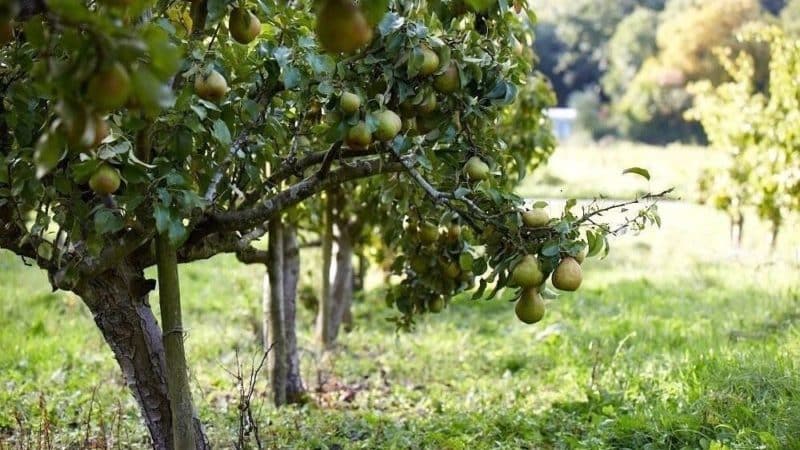
To increase the yield of fruit trees, it is recommended to pay attention to their compatibility.During the development process, plants release biological components into the air that affect the fruiting of a number of growing crops. For example, a pear gets along well with an apple tree, but does not coexist well with quince, cherry, sweet cherry, peach, plum, and apricot.
Neighborhood examples:
- peach takes root with an apple tree, but does not take root with a pear, cherry, plum;
- the apple tree is unpretentious, gets along with rowan, cherry, pear, unfavorable neighbors - viburnum, cherries;
- plum takes root with cherries, cherry plums and sweet cherries, but does not fit well with pears.
Preparatory stage
The preparation stage begins with the selection of seedlings. They must be healthy and strong, with a trunk thickness of 2-3 cm and skeletal branches 45 cm long. When purchasing, the trunk and the condition of the bark are inspected; there should be no traces of insects and pests on it. If seedlings are sold in a container, the roots should be dense and sit firmly inside the container.
Attention! If seedlings are purchased long before planting, wrap the roots in a damp cloth and put the plant in a cool and dark place. This is necessary in order to prevent the root system from drying out. Before planting, weak roots are removed, and the remaining ones are soaked in the growth stimulator “Kornevin”. From the container, the seedlings are moved into the planting hole along with a lump of earth.
For planting, prepare holes with a depth of about 80 cm and a diameter of 1 m. The earth is dug up, a mixture of compost or humus (2-3 buckets), peat chips (3-4 buckets), 1 kg of superphosphate and 1 kg of ash is added to the hole. A stake is driven in the middle of the hole for support. To improve the nutritional properties, the top layer of soil is set aside and the dug hole is covered with earth mixed with sand, turf and peat.
Correct landing algorithm
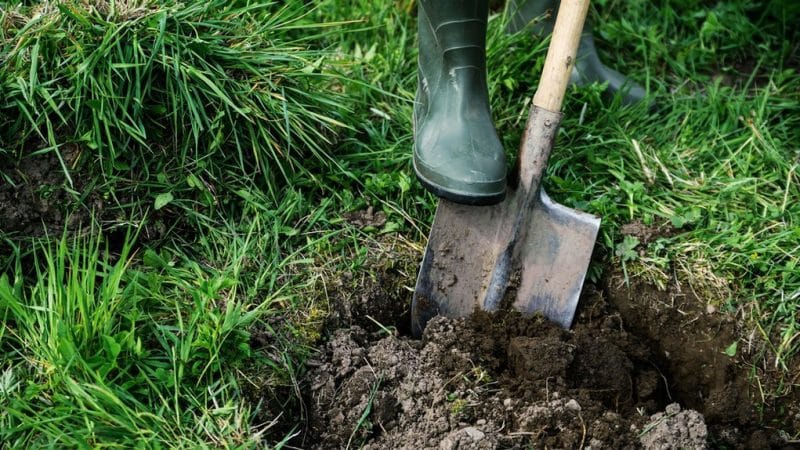
How to plant a tree correctly? Experienced gardeners recommend following the following algorithm:
- After preparing the hole, the seedling is placed in the hole, the roots are straightened, and the central root is placed vertically. Pay attention to ensure that there are no bends or creases in the roots.
- The soil is sprinkled between the roots, shaking the plant periodically.
- The soil is compacted so that there are no air pockets or voids.
- It is recommended to plant trees with an assistant: one holds the plant, the other sprinkles it with soil.
- A small mound is made on the surface of the pit so that the earth will settle later.
- Water the plant with 2-3 liters of water, having previously prepared a ditch near the tree trunk.
- The area is mulched with sawdust and peat chips. Mulch retains moisture and helps the plant quickly adapt to its growing location.
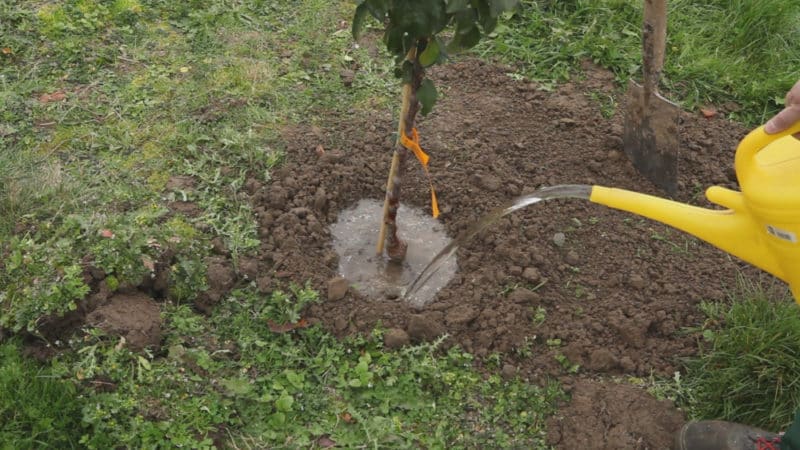
Conclusion
Fruit trees are planted in autumn or spring. Apple and pear trees are chosen for autumn planting, and heat-loving peaches and apricots for spring planting. The planting hole is prepared in advance, fertilized with peat, manure and mineral fertilizers. Use annual or biennial seedlings, choosing healthy specimens with strong roots. Before planting, they are soaked in a growth stimulator and then placed in a hole.
For trees, summer residents choose spacious sunny areas - this guarantees a good harvest. It is also important to observe the compatibility of different fruit trees with each other. Subsequent care consists of fertilizers, watering, pruning and shaping.